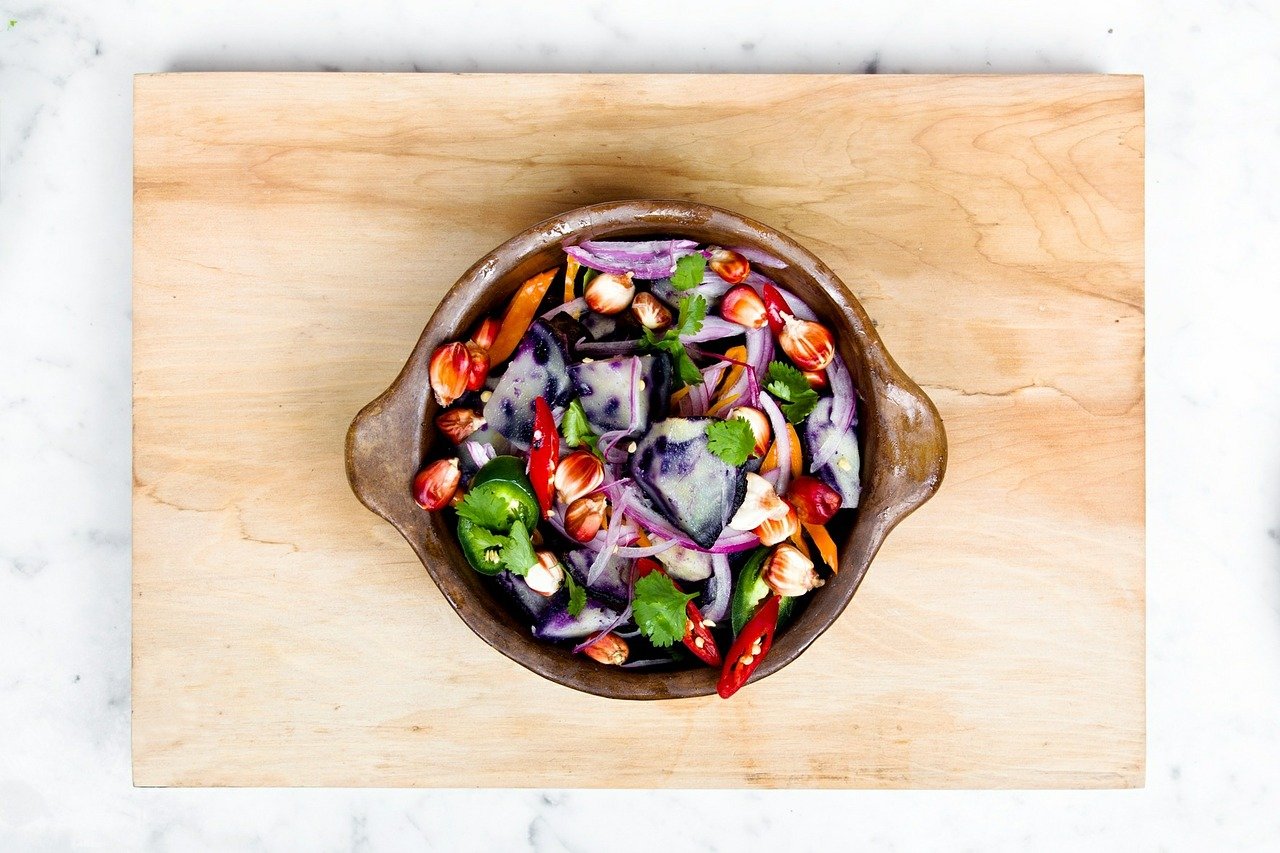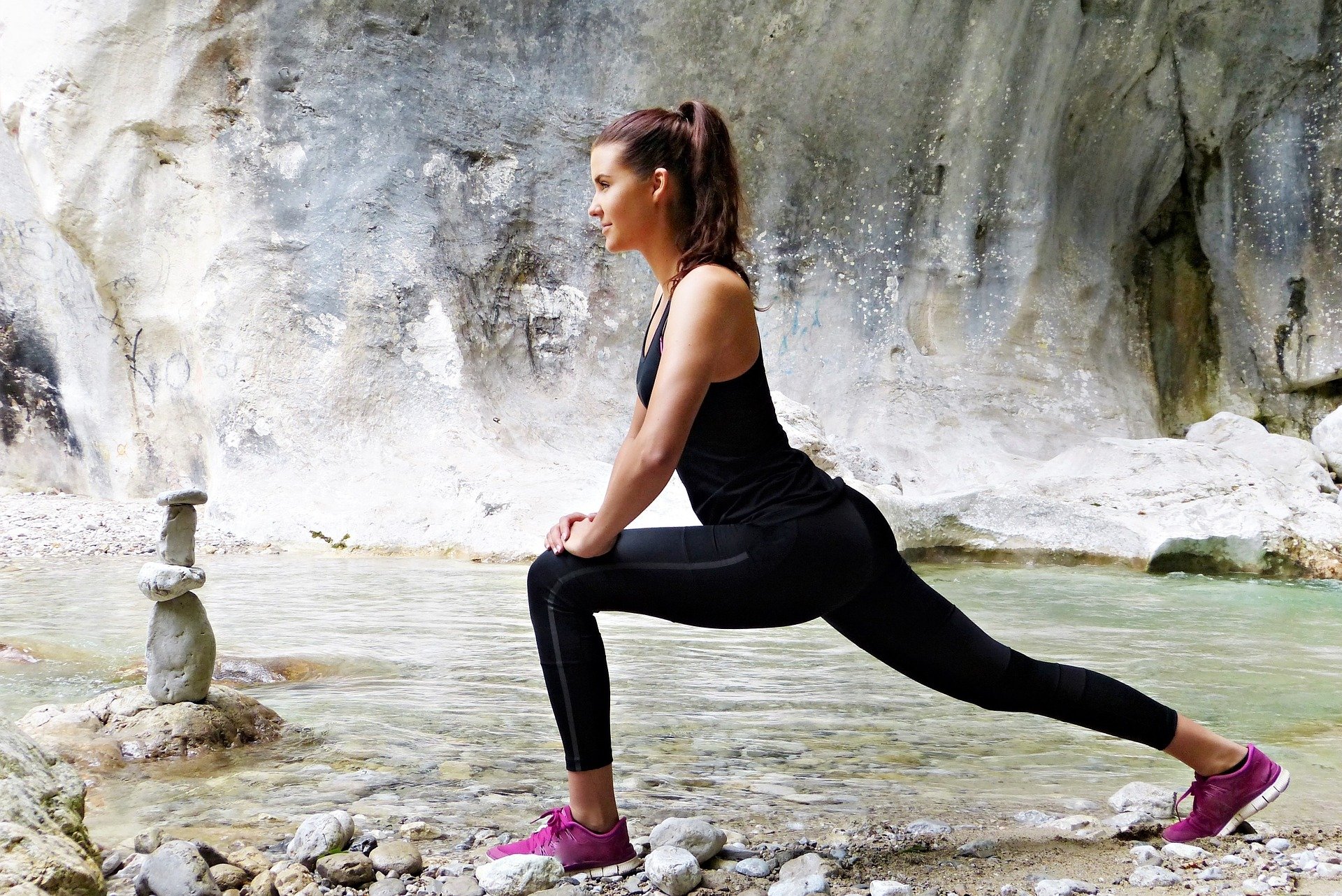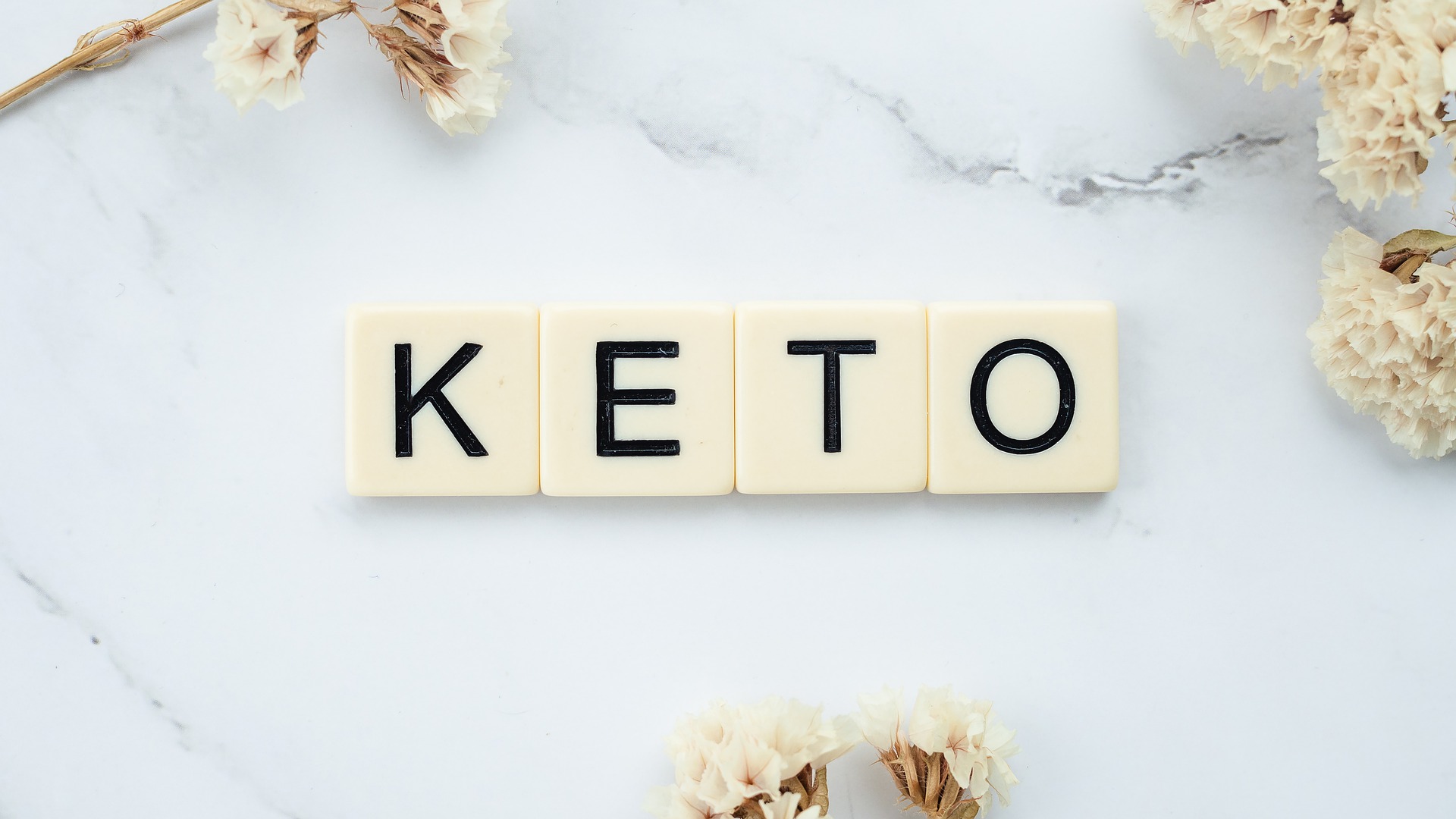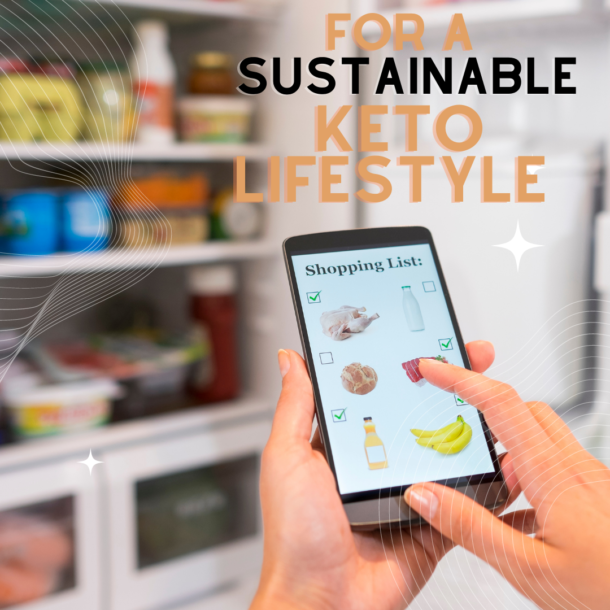Listen on:
Know the difference
Keto, ketons, ketosis, ketoacidosis, ketogenic diet. Why are “keto” words popping up everywhere and what do they mean? In this weeks episode I explain in debth all those key words, while I would like to focuse in this article on how ketosis and ketoacedosis compare to one another.
It is very important to get the definition of these terms right, as they get used a lot in diabetes. Health care professionals often mention them, often using “ketosis” and “ketoacedosis” interchangeably. This has been very confusing to me at the beginning.
So there is much confusion about the topic often leading to the belief, that the keto diet causes ketoacedosis on a regular basis. When really what it does is, it commonly prevents us from such life threatening situations.
What is “ketosis”?

Ketosis is the state of producing keton bodies from fat for fuel.
Our bodies naturally adopt a state of ketosis, when there are no carbohydrates available, such as during longer breaks between meals, when sleeping or after exercising, when the body has used up its glucose from carbs. It is therefore a normal process of human metabolism to ensure the body’s survival. During fasting times, hunger periods or ketogenic diet, ketosis is intensified.
Literature refers to ketosis to any elevation of blood ketons: ketosis and ketacedosis alike. Meaning, in both ketoacedosis and ketosis, ketons are produced. The big difference is, keton bodies are produced uncontrollably in ketoacedosis, causing a metabolic acidosis. That is a specific pathologic condition that results in changes in blood pH and is a medical emergency.
While ketosis refers to any elevation of blood ketones, nutritional ketosis commonly refers to a natural state in healthy humans and other animals. The keton bodies formed in a metabolic state of ketosis do not cause the blood ph to become acid, but instead, stay balanced. Remember, in ketoacedosis it is the opposite. This balance is thanks to the bodies own buffers to balance the ketons acidity. Bi-carbonate and other processes in the liver and kidneys keep the body in a healthy state. That is why, states of ketosis in people with pre-conditions of liver and kidneys need to be more closely monitored and discussed with health care professionals.
What is “ketoacedosis”?
“To our knowledge there are no case reports describing ketoacidosis
resulting from a low-carbohydrate diet
in Type 1 diabetes in the published literature.”
– Invited Review by R. Seckold et al. published 2018 Diabetes UK –

Ketoacidosis often occurs with other health complications and most dominantly occur if a diabetic takes insufficient insulin for a prolonged period of time resulting in high blood sugars. High means levels over > 300 mg/dL. Ketoacidosis can then result in a short term complication, which commonly evolve over 24 hour, if blood glucose levels become and remain too high (hyperglycemia).
In most cases, ketoacedosis is a result of too high sugar levels over time. However, it can also occurs at low or normal blood glucose levels. This is then called euglycemic diabetic ketoacidosis.
According to The American Diabetes Association: “Euglycemic diabetic ketoacidosis (DKA) is defined as acidosis with a blood glucose level < 300 mg/dL and bicarbonate level <10 mEq/L and is associated with ketonemia/ketonuria. It is usually caused by starvation in conjunction with intercurrent illness in patients with diabetes. This is a relatively uncommon presentation that can go unrecognised.”
3 tipps to prevent ketoacedosis

1. Common practise: Commit to managing your diabetes
a) take & adjust your insulin
Speak to your diabetes educator about adjusting your background/basal insulin dosage in relation to exercise, hormone levels, illnesses etc.
b) check your blood sugars regularly
I check at least 4 times, often 8 times a day). Keep in mind that careful monitoring is the key to keep your blood sugar levels in target range.
c) Apply carb counting as a good reference
2. Best practise: Commit to a lowcarb diet
follow a lowcarb, if you are in good health
3. Optional practise: Test, don’t guess
Check your ketone level.
You can buy an over-the-counter keton test kit to measure your urine for excess ketons as a reference. If your ketone level is high, especially in combination with high blood glucose levels over longer period of times, contact your doctor or seek emergency care.
More resources
Many of my resources, like this podcast and my private coachings are about managing a healthy ketogenic lifestyle with type 1 diabetes. To get an overview on the ketogenic diet, check out the past episode 3 of season 1 (#3) called “What’s keto”.
Episode 4 of season 2 (#14) “Dirty keto & the key to any healthy diet” also gives insights into the difference between a „healthy keto diet“ and „dirty keto“.
And you?!
If you are struggling or want to take your health to the next level,
then let’s do it together!
Drop me a message!
Your input and ideas help massively to keep my work alive and the love spreading!
You are a gift to this world, now go out and shine!
Yours Julia
P. s.: To support this show, please click 5 stars on apple podcasts!
This helps me massively to run and improve this free podcast for you!
Review on:




0 Comments